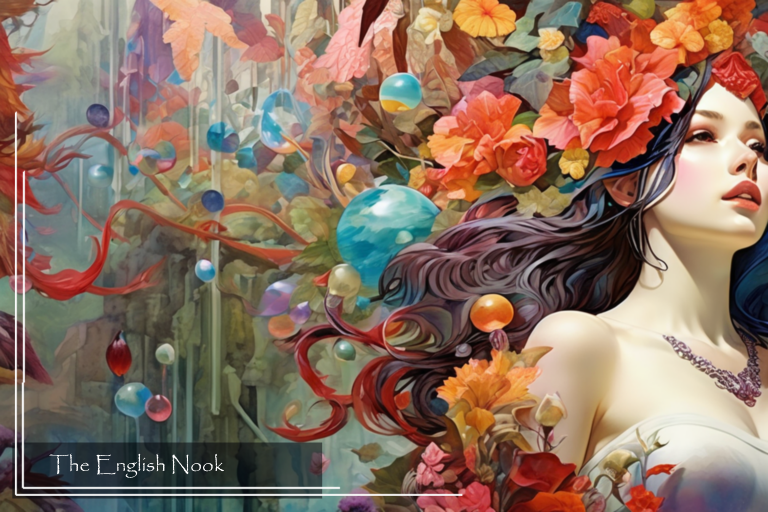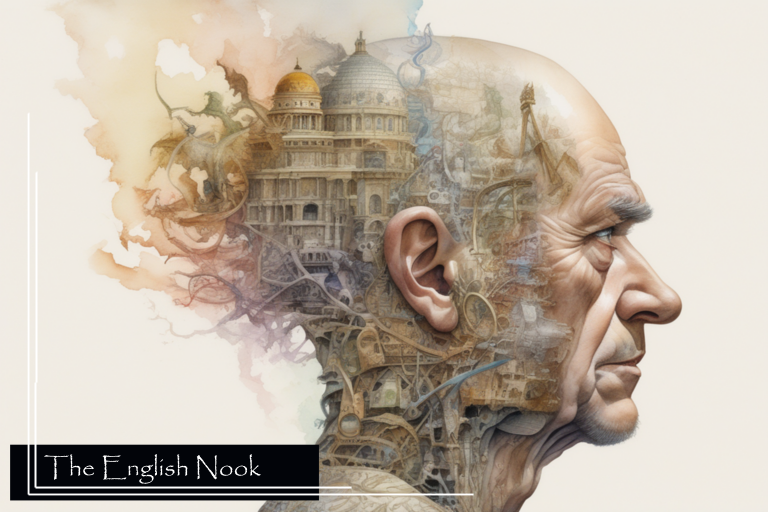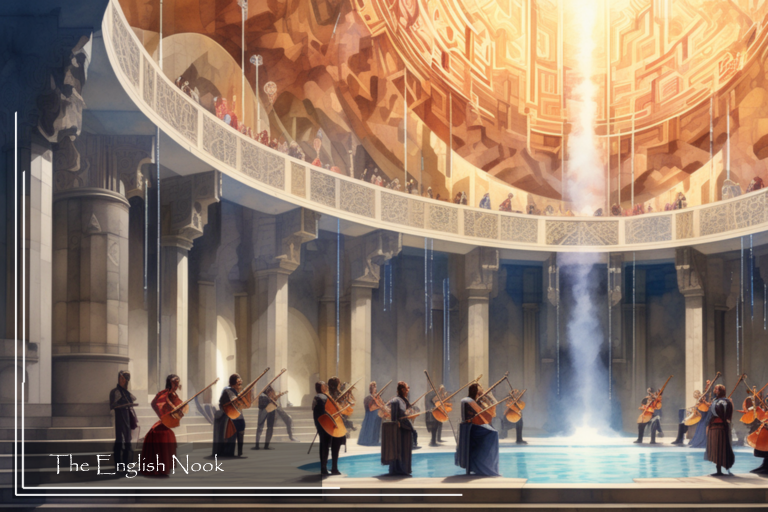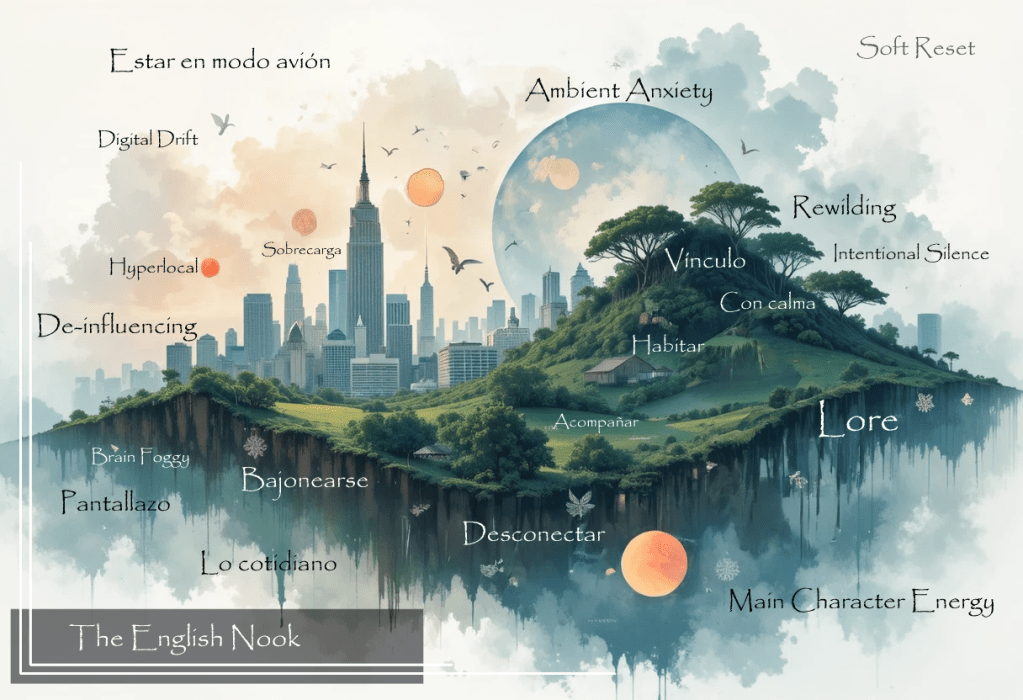Translation is akin to an intricate dance between languages, an art form that imbues stories, poems, and narratives with vitality as they traverse linguistic boundaries. It transcends mere substitution, demanding that translators act as conduits, tasked with transmitting the essence, emotions, and cultural intricacies of a work while grappling with the inherent complexities of language. Let’s venture into the enchanting domain of literary translation, where words meld into a finely woven embroidery, crafted with precision.
The translation process is a nuanced endeavor, particularly when it comes to conveying emotions embedded within literary works. Translators delve deep into cultural contexts and linguistic subtleties, not merely translating words but also encapsulating the emotional nuances to preserve the intended impact of the author on readers.
However, some words and concepts defy easy translation, tethered as they are to specific languages. The “untranslatable” presents a creative conundrum, prompting translators to innovate and find alternative expressions or phrases that capture the essence in the target language. For instance, consider the challenge of translating the metaphor “She gazed into the abyss, contemplating the enigmatic depths that stretched infinitely before her” into Spanish while maintaining its poetic and metaphorical qualities.
Literature serves as a mirror reflecting diverse cultural landscapes, with each language carrying its unique cultural connotations. Translators face the challenge of safeguarding these cultural nuances, preserving idioms, and references to ensure the work resonates authentically with readers from varied backgrounds.
Translating literature goes beyond mere linguistic transfer; it involves capturing the author’s distinctive style and voice. Maintaining the artistic integrity of the work is paramount, allowing readers in the target language to experience the narrative as if it were originally penned in their native tongue.
Achieving a delicate balance between fidelity to the source text and creative freedom poses a formidable challenge for translators. While honoring the author’s intent, they must adapt the language to resonate with the cultural sensibilities of the target audience.
Different literary genres present unique hurdles. Translating poetry demands an acute awareness of rhythm and metaphor, while prose necessitates attention to narrative flow. Each genre warrants a nuanced approach to convey its distinct qualities effectively.
Ethical dilemmas often arise in translation, especially concerning content deemed culturally sensitive or offensive. Translators grapple with the decision to alter certain elements to align with the target audience’s cultural norms or preserve the raw authenticity of the source material.
Collaborative translation harnesses the collective expertise of multiple translators, resulting in a more comprehensive rendition in the target language. It fosters a symphony of perspectives, enriching the translation process with diverse linguistic and cultural insights.
While technological advancements offer tools to aid translation, they also present challenges in capturing the nuanced artistry and cultural subtleties that define literary works. Translators must navigate these tools judiciously to ensure the integrity of the translation.
Beyond serving as linguistic intermediaries, translators act as cultural ambassadors, bridging cultural divides and fostering cross-cultural understanding through the literature they bring to new audiences.
In summary, the art and challenges of translating literature epitomize a captivating interplay of languages, cultures, and emotions. Armed with linguistic acumen and cultural sensitivity, translators embark on a quest to transcend linguistic barriers, ensuring that the enchantment of literature knows no bounds and resonates deeply with readers worldwide.
YOU MIGHT ALSO LIKE READING:








Leave a comment